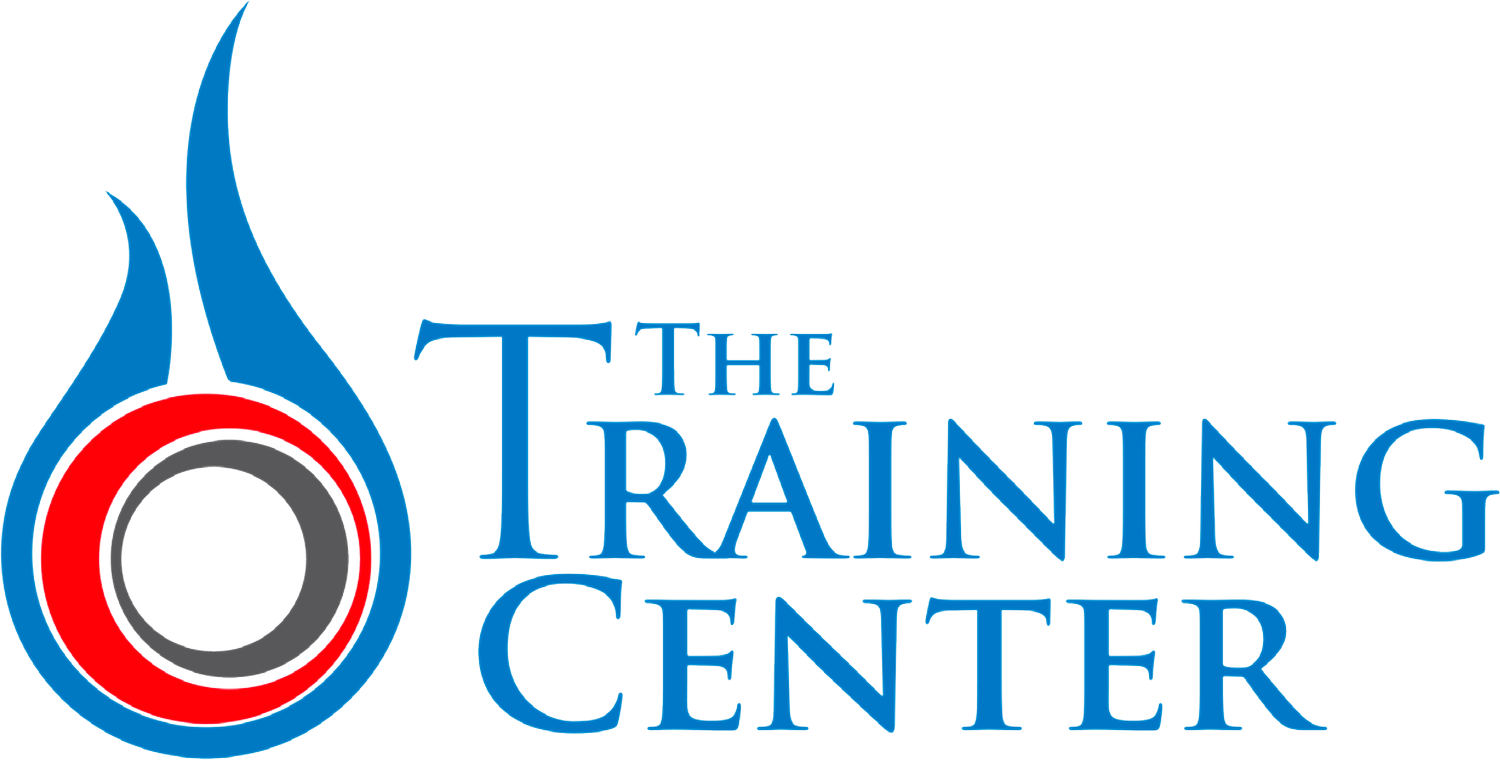
What’s the Deal with R-22 and R-410a being ILLEGAL? Phase Out Process
EPA 608
What’s the Deal with R-22 and R-410a being ILLEGAL?
Phase Out Process
News flash. They’re not. Let us explain. When refrigerants become ‘obsolete,’ it doesn’t mean they're not good as refrigerants. Quite the opposite. Many phased-out refrigerants have amazing thermal properties. However, the issue is when they are released into the atmosphere.
Many old refrigerants are made up of atoms of chlorine. These atoms destroy the ozone layer, destroying approximately 100,000 ozone atoms for one chlorine atom. If world wars are any indication, chlorine in the atmosphere isn’t good. Even new refrigerants have the ability to develop smog in the troposphere, which keeps heat in the atmosphere and the sunlight off the ground. So, as a precaution, when new refrigerants are produced that can take the place of ozone-depleting or smog-producing alternatives, new legislation is soon to follow.
But that doesn’t mean the old refrigerants are illegal! Quite the opposite. This reduction in the use of current standard refrigerants for new refrigerants is called a ‘phase out’ and is usually done in steps. The first step is often the introduction of the new material. For an entire industry to implement the usage of this material takes time. An HVAC machine that takes r22 Freon can not take R-410a or any other refrigerant. You can only use what the machine was designed for. So, the old systems are phased out and the new systems are built.
Even still, many systems, air conditioners, and air conditioning machines will take the previous refrigerant. This is where things get interesting. Phase two is often the production halt of new phase-out materials. For example, when R-22 was phased out, it took many years for them to stop producing new canisters of the product.
So what happens when they stop producing old products?
Well, refrigerant can be reclaimed - meaning removed from old systems - and recycled. The old refrigerant can be restored to a proper usable condition. There are special locations that do this and it can cost a decent amount of money, but it means there is still some product in circulation (pun intended). This is Phase three.
The last phase is the discontinuation of the recycling of reclaimed materials or even discontinuation of things like import of r-22 refrigerant. For most machines, this is the deathblow. In refrigeration, it means the refrigeration can only be found over the machine’s warm, dead body. From time to time older canisters will turn up after sitting in a barn or warehouse for decades. Once there is a complete depletion, either through refrigerant leaks or lack of available refrigerants, repair costs become extensive and warranty coverage disappears.
Now, for many installers and industry professionals, this is the perfect time to upgrade someone to a new system. Especially in residential applications. The older systems will soon become more expensive to recharge because the refrigerant will become harder to find. In addition, a new system will possibly last longer because manufacturers will continue to produce relevant machine parts and equipment. However, with new developments comes new costs. This is a buy once cry once type of purchase. Old systems may be less expensive in the short term, but may prove to be much more expensive in the long run.
At this time, it looks like r-410a is the next refrigerant to be phased out in preference over newer, less smog producing alternatives. R-410a was part of the first classification of refrigerant which did not contain any chlorine atoms. This made it a well loved refrigerant with a low smog value. But, that value isn’t low enough and new materials produced can do even better. While r-410a will soon become hard to find, it is not and will not be ‘illegal’ unless there is new future legislation limiting its use. At the time of writing, r-410a is widely used in the residential and industrial communities with high success.
There are a lot of systems that require very specific refrigerants, despite a phase out. Heat pumps, air conditioners and air conditioning systems, chillers, and various HVAC systems are used in industrial applications and by homeowners. The Environmental Protection Agency may not dictate what new product type of refrigerant can be used in an ac unit or energy efficient device, but they do oversee and limit production based on the Montreal Protocol to reduce ozone-depleting substances. Keep in mind, old systems r-22 systems, after the r-22 phaseout, can not be retrofit to use refrigerants of current existing systems. Likewise, no HVAC company or HVAC contractor can make this promise. Unfortunately, a new refrigerant means new equipment, but it does reduce the overall ozone-depleting chemicals and global warming potential of a cooling system or heat pump.
Now that you have a vague idea of the process of phasing out refrigerants, you can be better educated on the process and what may be a good purchase. If you would like to learn about how to remove refrigerants yourself, are in an industry requiring certification, or are looking to be more valuable to an employer please check out our EPA 608 certification course on thetrainingcenter.com.
